9 Essential Tips On How To Become More Self-Sufficient
In an increasingly interconnected and fast-paced world, the concept of self-sufficiency has gained remarkable significance as a pathway to living a more sustainable and autonomous life. Self-sufficiency refers to the ability to meet essential needs without excessive reliance on external resources, systems, or assistance. It empowers individuals to take charge of their well-being, reduce their environmental impact, and cultivate a deeper sense of independence and resilience.
As our lives become entwined with modern conveniences and a consumer-driven culture, the pursuit of self-sufficiency has emerged as a compelling response to growing environmental concerns and a desire for greater personal fulfillment. Whether you reside in an urban apartment, suburban neighborhood, or rural homestead, the principles of self-sufficiency can be adapted to various lifestyles and settings.
In this article, we will delve into ten essential tips that can guide you on your journey towards becoming more self-sufficient. From growing your own food and harnessing renewable energy to developing DIY skills and embracing resource conservation, each tip contributes to a more self-reliant and sustainable lifestyle.
1. Grow Your Own Food
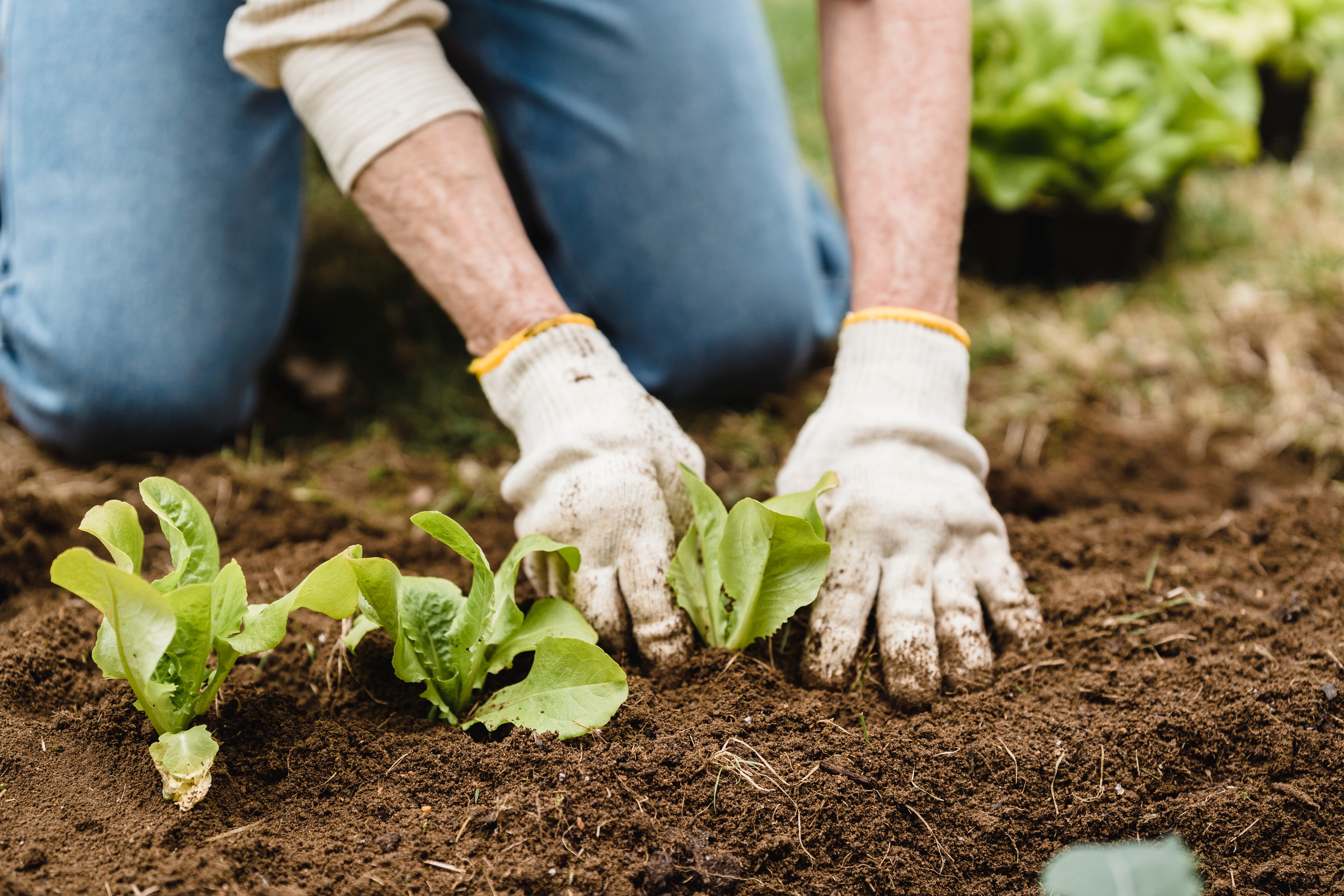
At the core of self-sufficiency lies the act of nurturing life from the earth. Cultivating a garden, no matter how small, enables individuals to grow fresh, organic produce while fostering a profound connection with nature. The act of planting seeds, tending to the plants, and harvesting the bounty offers a sense of accomplishment and a tangible link to the food on our plates.
Growing your own food is an enriching experience that transcends the mere act of cultivation. It empowers individuals with the knowledge of where their food comes from and how it is produced, promoting a deeper appreciation for the natural world. Additionally, homegrown fruits and vegetables are free from harmful pesticides and chemicals, ensuring a healthier and more nutritious diet.
Even for those with limited space, creative solutions abound. Container gardening, vertical gardens, and community plots offer opportunities to grow a variety of produce, from herbs and leafy greens to tomatoes and peppers. By making the most of available resources and cultivating a diverse range of crops, individuals can achieve a level of self-sufficiency that contributes to a more sustainable and resilient lifestyle.
2. Learn Basic DIY Skills

Self-sufficiency is synonymous with self-reliance, and one of the cornerstones of this lifestyle is acquiring basic do-it-yourself (DIY) skills. The ability to handle common household repairs and projects empowers individuals to troubleshoot issues and undertake necessary tasks without relying on external help. Learning basic DIY skills is a practical and cost-effective way to maintain and improve your living space while developing a greater sense of self-confidence.
Simple tasks like fixing a leaky faucet, replacing a broken tile, or painting a room can be accomplished with the right tools and a bit of know-how. There are numerous resources available, from online tutorials to DIY workshops, that can guide you through various home improvement projects. As you gain experience and confidence, you can tackle more complex tasks, such as installing shelves, building furniture, or even renovating a room.
The benefits of mastering basic DIY skills extend beyond self-sufficiency. Engaging in DIY projects fosters creativity and problem-solving abilities, allowing you to tailor your living space to your preferences and needs. Furthermore, DIY projects often involve upcycling or repurposing materials, reducing waste and contributing to a more sustainable lifestyle.
By learning basic DIY skills, you not only save money on home repairs but also cultivate a sense of accomplishment and resourcefulness. As you become more self-sufficient in maintaining and enhancing your living space, you are better equipped to face the challenges and opportunities that come your way, fostering a greater sense of independence and resilience in the modern world.
3. Make Your Own Energy
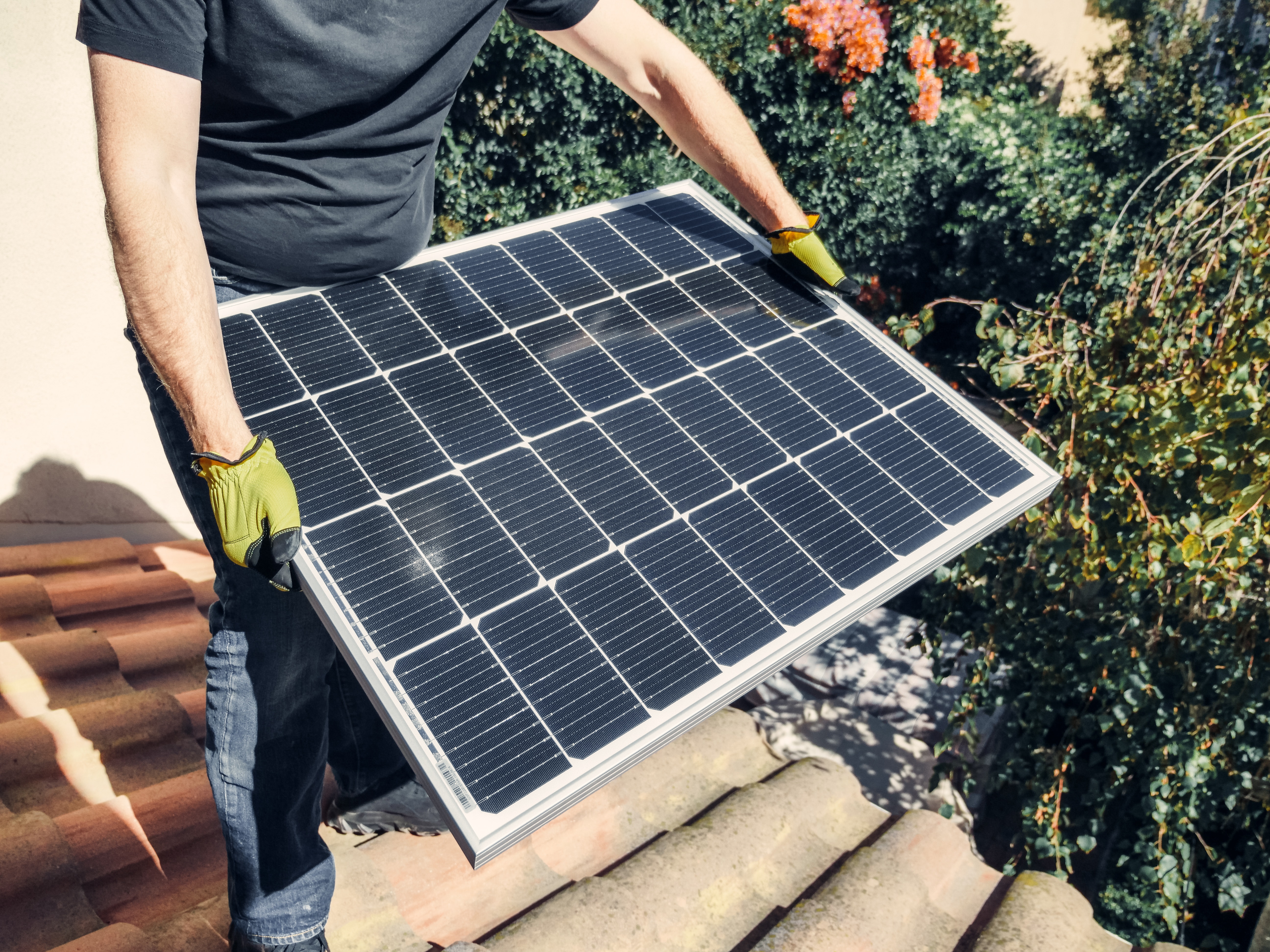
Energy consumption is a significant aspect of modern life, and embracing renewable energy sources is key to achieving self-sufficiency. Generating your own energy not only reduces reliance on the grid but also helps combat climate change. Solar panels are a popular option for harnessing the sun's power and converting it into electricity. Installing solar panels on rooftops or in open spaces enables individuals to generate clean and sustainable energy for various household needs.
Another renewable energy option is wind power. Installing a small wind turbine on your property, especially in areas with consistent wind patterns, can provide an additional source of clean electricity. By coupling solar and wind energy systems, you can create a more reliable and robust off-grid setup.
While the initial investment in renewable energy systems may seem daunting, the long-term benefits are significant. Solar panels and wind turbines have a relatively long lifespan and can lead to substantial savings on electricity bills over time. Additionally, many regions offer incentives and tax credits for installing renewable energy systems, making them more financially feasible.
Making your own energy aligns with the principles of self-sufficiency, empowering individuals to take control of their energy needs and contribute to a more sustainable future. By reducing reliance on fossil fuels and embracing clean, renewable alternatives, we can create a greener and more resilient world for future generations.
Cut your energy bills by up to 60% by building a DIY solar system! Click here to watch the video and learn how.
4. Reduce, Reuse, Recycle
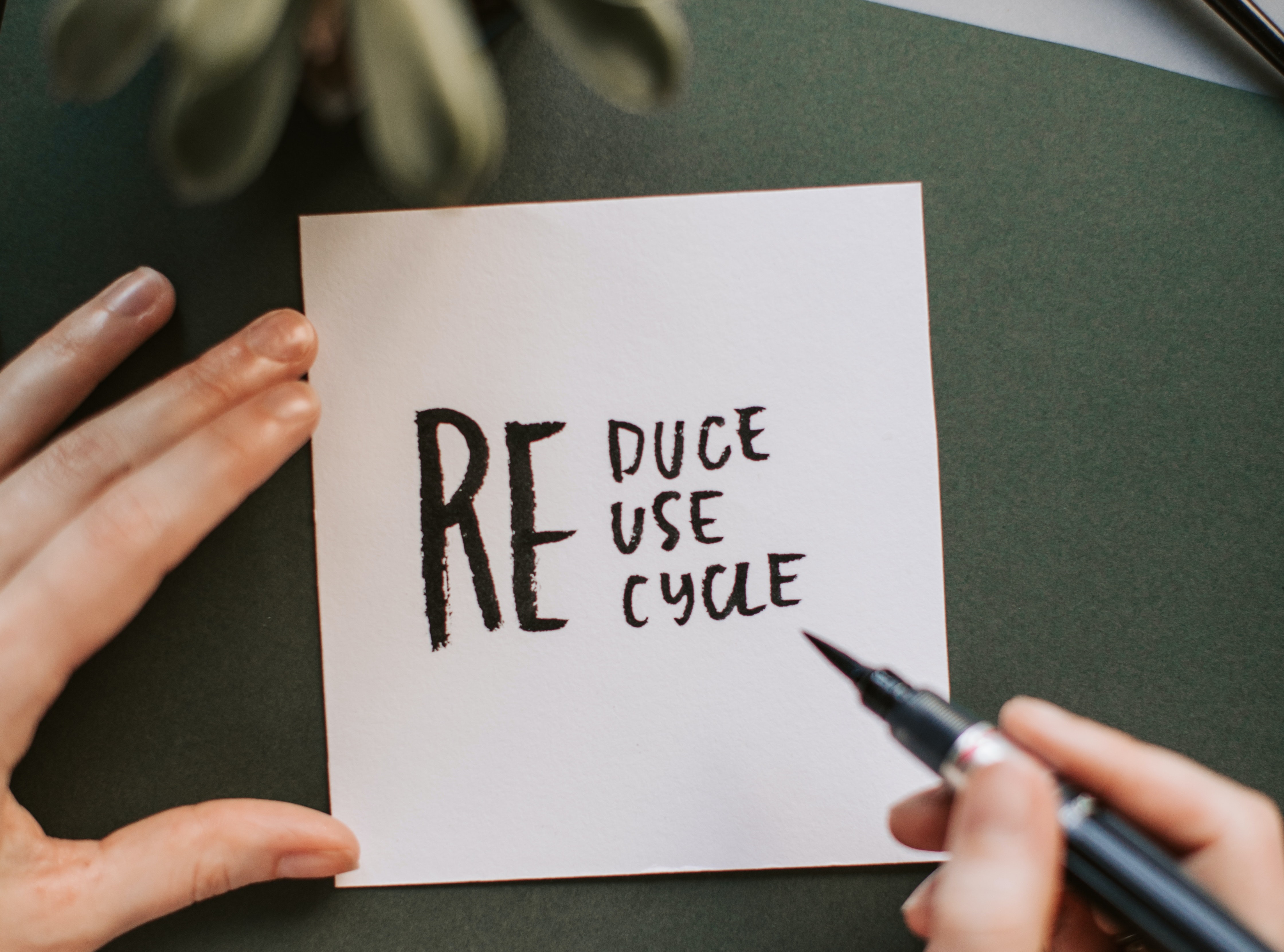
At the heart of self-sufficiency lies a mindful approach to consumption. Practicing the three R's—reduce, reuse, and recycle—leads to a substantial reduction in waste generation, resource conservation, and a minimized ecological footprint.
Firstly, reducing consumption means being conscious of the items we purchase and consume. By evaluating our needs versus wants, we can avoid unnecessary purchases and curb overconsumption. Buying high-quality, long-lasting products and choosing items with minimal packaging can further reduce waste. Additionally, adopting a minimalist lifestyle promotes simplicity and purposeful living, enabling us to focus on experiences and connections rather than material possessions.
Secondly, reusing items extends their lifespan and reduces the need for new products. Embracing practices like upcycling, repairing, and repurposing materials allows us to give new life to old items and divert them from landfills. Investing in reusable products, such as water bottles, cloth shopping bags, and rechargeable batteries, also contributes to waste reduction.
Thirdly, recycling ensures that materials are diverted from the waste stream and transformed into new products. By participating in local recycling programs and sorting waste correctly, we can support the recycling industry and promote the circular economy.
The three R's are interconnected and complementary, forming a powerful strategy for waste reduction and resource conservation. Adopting these principles empowers individuals to take responsibility for their environmental impact and actively contribute to a more sustainable world. Moreover, practicing the three R's aligns with the principles of self-sufficiency, fostering a sense of mindfulness and stewardship in our daily lives. As we reduce waste, reuse materials creatively, and recycle responsibly, we become part of a global movement towards a more sustainable and resilient future.
5. Preserve Food for the Future
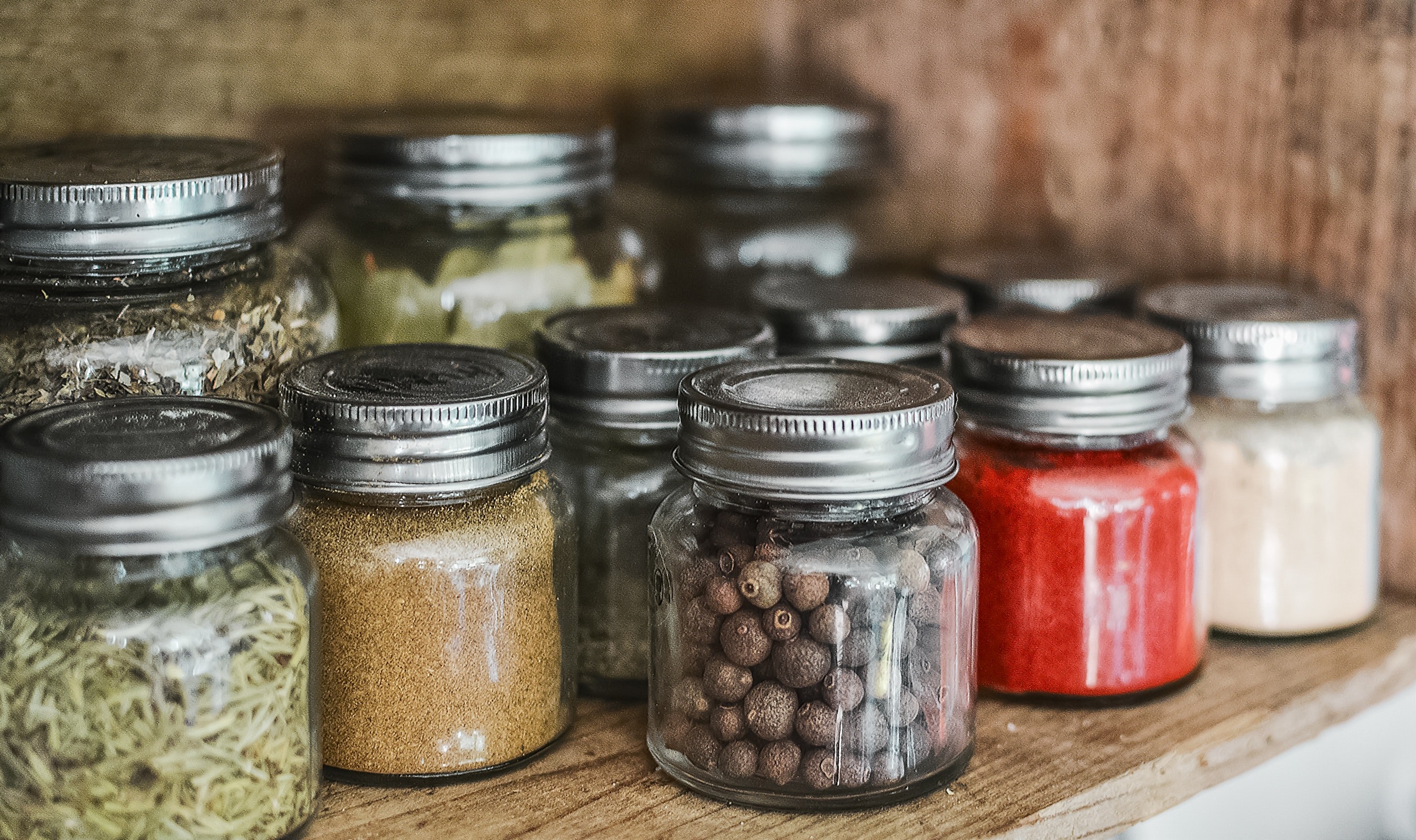
Harvest time is a moment of abundance, but nature's bounty is not confined to the present. Preserving food for the future is a fundamental aspect of self-sufficiency, ensuring a steady supply of nourishment throughout the year, even during leaner seasons or emergencies. Traditional food preservation techniques such as canning, dehydrating, fermenting, and freezing offer effective ways to store surplus fruits, vegetables, and even prepared meals.
Canning, a time-honored method of preserving food, involves heating food in airtight containers to kill bacteria and prevent spoilage. When done correctly, canned fruits, vegetables, and jams can last for several years, providing a taste of summer's harvest even in the depths of winter.
Dehydrating is an excellent technique for removing moisture from fruits, vegetables, and herbs, allowing them to be stored for extended periods without refrigeration. Dehydrated foods retain their nutrients, flavors, and colors, making them a nutritious addition to your pantry.
Fermentation is not only a preservation method but also a means of transforming food. Fermented foods like sauerkraut, kimchi, and pickles are not only delicious but also rich in beneficial probiotics that support gut health.
Freezing is a convenient and versatile preservation method, allowing you to store fruits, vegetables, and prepared meals for long periods while preserving their quality and taste.
By mastering these preservation techniques, individuals can reduce food waste, take advantage of seasonal abundance, and ensure a well-stocked pantry for times when fresh produce is scarce or unavailable. The art of preserving food connects us to our ancestors, who relied on these time-tested methods to sustain themselves throughout the year. Embracing food preservation not only aligns with the principles of self-sufficiency but also fosters a sense of gratitude for the gifts of nature and the wisdom of the past.
There's an additional aspect we often overlook—the possibility of crises. From tornadoes and blizzards to fires and lockdowns, the past few months have presented various challenges. Being ready is the optimal approach. This book will guide you through some of the "lost ways" to preserve food, ensuring your family's preparedness for any situation.
6. Fishing for Sustenance and Connection
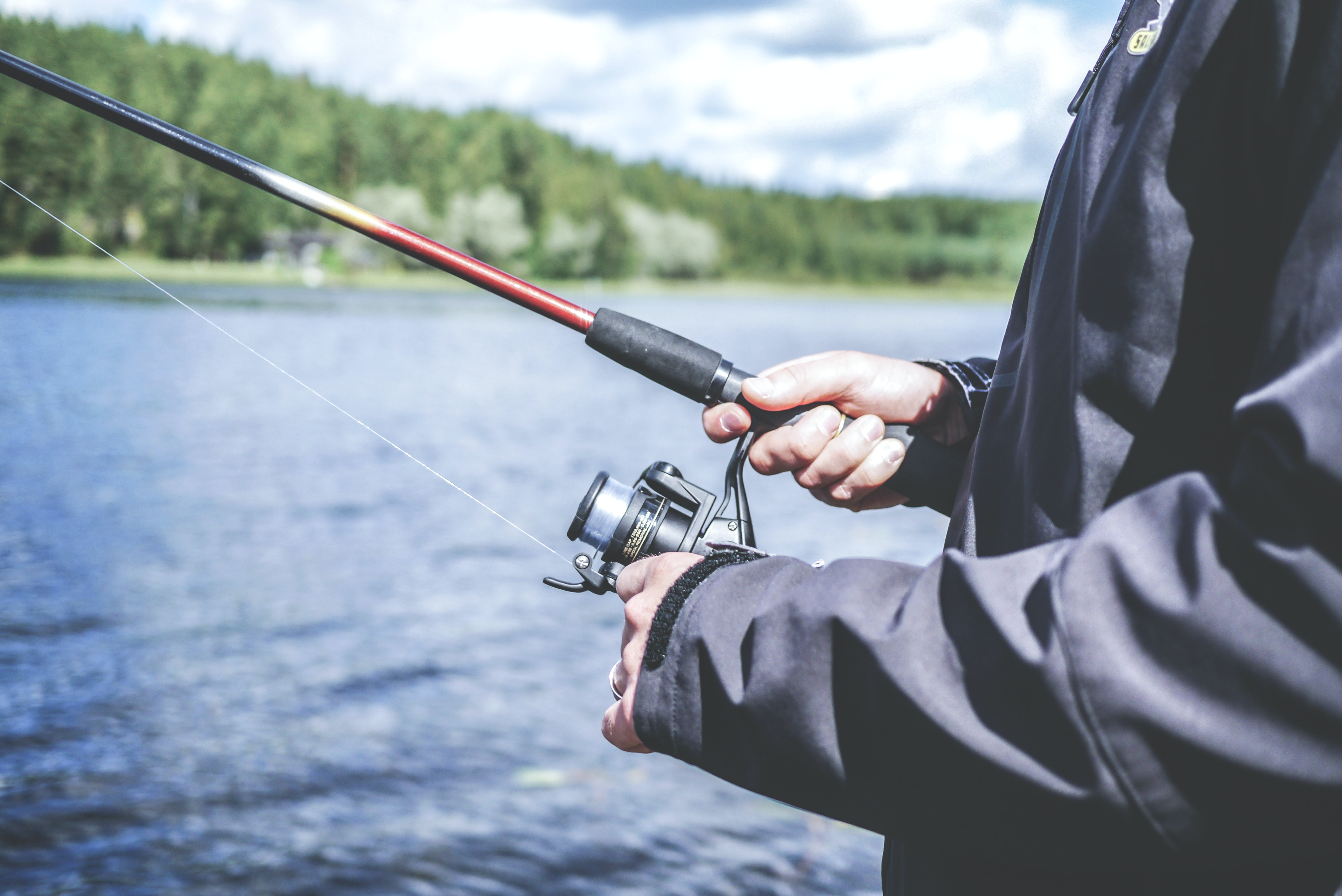
Fishing has been an integral part of human existence for millennia, providing sustenance, connection to nature, and a profound sense of self-sufficiency. As a means of procuring fresh food from natural water bodies, fishing aligns perfectly with the principles of self-reliance and sustainability.
For those living near lakes, rivers, or oceans, fishing offers a direct link to the natural world. Engaging in this ancient practice allows individuals to understand the delicate balance of aquatic ecosystems, fostering a deeper appreciation for the environment and its inhabitants.
Fishing for sustenance not only provides a source of fresh, nutrient-rich food but also reduces dependence on industrialized food systems. In today's world, where the origins of store-bought seafood are often distant and unclear, fishing empowers individuals to take control of their diet and ensure the quality and safety of their meals.
Moreover, fishing can be a family or community activity, strengthening social bonds and creating lasting memories. Sharing fishing experiences with loved ones, whether it's on a serene lake or by the crashing waves of the ocean, nurtures connections and cultivates a sense of belonging.
Sustainable fishing practices are essential to preserve aquatic ecosystems and maintain fish populations for future generations. Adhering to catch limits, releasing undersized fish, and avoiding sensitive habitats all contribute to responsible fishing practices.
For those without access to natural water bodies, fishing can also be pursued as a leisure activity at designated fishing spots or stocked ponds. Fishing for sport or recreation allows individuals to experience the joys of being in nature and the thrill of catching and releasing fish.
In the pursuit of self-sufficiency, fishing offers not only sustenance but also a deeper connection to the natural world and a source of fulfillment that transcends the act of catching fish. It serves as a reminder of our ancestral roots and the enduring relationship between humans and the bounty of the earth. Whether fishing for subsistence, recreation, or relaxation, this age-old practice nourishes both body and soul, enriching the self-sufficiency journey with each cast of the line.
7. Learn to Sew and Knit

In the pursuit of self-sufficiency, learning traditional skills such as sewing and knitting is both practical and empowering. Sewing allows individuals to mend and create clothing and household items, reducing the need for frequent replacements and minimizing textile waste. By mastering basic sewing techniques, such as hemming, patching, and altering, individuals can extend the life of their garments, demonstrating a commitment to sustainability.
Knitting, another valuable skill, offers an opportunity to craft clothing and accessories with yarn sourced from natural or sustainable materials. Hand-knit garments are not only unique and of higher quality but also possess sentimental value. Knitting is a mindful and meditative practice, fostering a sense of calm and creativity in the process.
Additionally, sewing and knitting enable individuals to customize their creations, ensuring a perfect fit and style tailored to personal preferences. Furthermore, these skills provide a creative outlet for self-expression and can be a source of meaningful and heartfelt gifts for loved ones.
As we embrace the principles of self-sufficiency, learning to sew and knit becomes an essential aspect of reducing dependence on mass-produced items and embracing a more intentional and sustainable lifestyle. These timeless skills connect us to past generations while offering a sense of empowerment in creating and repairing items that reflect our values and individuality.
8. Embracing Simplicity: Using Less Technology

In an era dominated by technological advancements and digital connectivity, the idea of using less technology may seem counterintuitive. However, for those seeking self-sufficiency, embracing simplicity and reducing reliance on technology can lead to a more mindful and balanced lifestyle.
The pervasive presence of technology in our daily lives can lead to dependence on screens, digital distractions, and a disconnect from the natural world. By intentionally using less technology, individuals can reclaim their time, attention, and focus for activities that align with the principles of self-sufficiency.
One way to achieve this is by setting boundaries on screen time and practicing digital minimalism. Limiting the use of smartphones, social media, and other digital devices allows individuals to be more present in the real world, fostering deeper connections with loved ones and the environment.
Additionally, reducing reliance on high-tech gadgets and embracing low-tech alternatives can be empowering. For instance, instead of relying on GPS for navigation, learning to read physical maps and use a compass enhances navigational skills and self-reliance in outdoor settings.
Embracing traditional tools and techniques can also be a part of using less technology. Learning to use manual hand tools for woodworking or gardening, for example, not only reduces dependence on power tools but also connects individuals to age-old craftsmanship and self-sufficiency.
By using less technology, individuals can also reduce their environmental impact. The production, use, and disposal of electronic devices contribute to electronic waste and energy consumption. Embracing a more minimalist approach to technology helps conserve resources and support sustainable practices.
Using less technology does not mean rejecting all technological advancements but rather embracing a mindful and intentional approach to its use. By focusing on quality over quantity and incorporating technology where it enhances self-sufficiency without compromising the human experience, individuals can strike a balance that aligns with their values and fosters a deeper connection with themselves, their community, and the natural world.
9. Nurturing Livestock for Self-Sufficiency
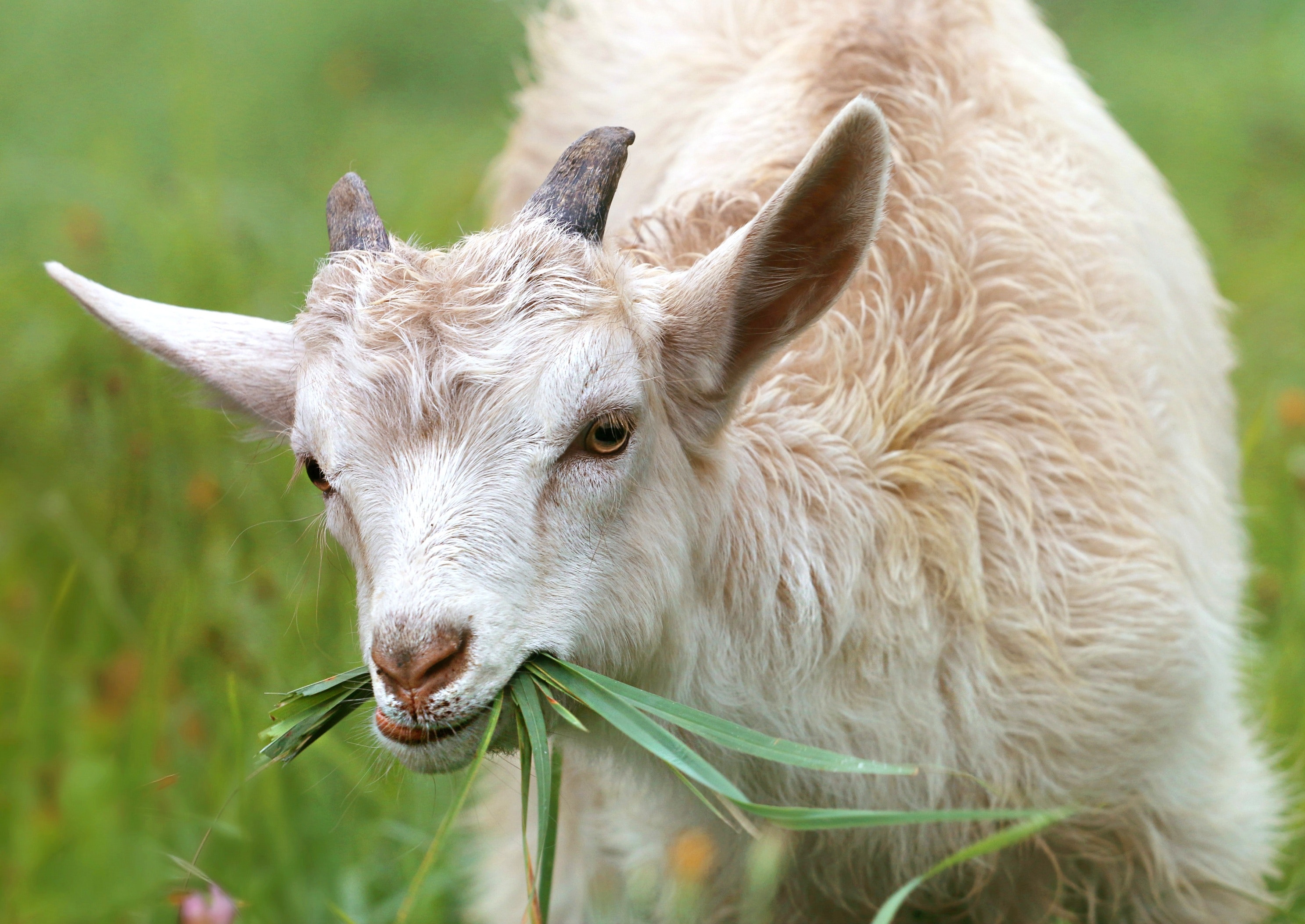
Raising livestock is a time-honored tradition that offers numerous benefits for those seeking self-sufficiency. Whether on a small homestead or in a rural setting, raising livestock provides a valuable source of food, fiber, and other essential resources.
One of the primary advantages of raising livestock is the production of fresh, nutrient-rich food. Chickens, for instance, supply eggs and meat, while cows, goats, and sheep offer milk and meat. These homegrown sources of protein and other nutrients not only contribute to a self-sufficient diet but also promote a deeper connection to the food on one's plate.
Moreover, livestock can play a role in regenerative agriculture practices. By grazing animals on pasture, they can help improve soil fertility and carbon sequestration, contributing to sustainable land management. Properly managed rotational grazing systems mimic natural ecosystems, benefiting both the land and the livestock.
In addition to food production, livestock also offer valuable resources such as wool, leather, and manure. Utilizing these resources further enhances self-sufficiency and minimizes waste. For example, using animal manure as natural fertilizer enriches the soil and reduces the need for synthetic chemicals.
Raising livestock is not without its challenges and responsibilities. Proper care, shelter, and veterinary attention are essential to ensure the well-being of the animals. Moreover, humane and ethical practices are paramount in the treatment of livestock.
For those willing to invest time, effort, and care, raising livestock can be a rewarding aspect of self-sufficiency. It fosters a deeper understanding of the interdependence between humans and animals, and the symbiotic relationship that can be formed when nurturing livestock for the betterment of both self and environment.




Submit your email and confirm subscription to receive the download link, along with more e-books and helpful tips.
Don't worry, you can unsubscribe at any time
We Value Your Privacy And Your Information Is Never Shared
This site is not a part of the Facebook website or Facebook Inc. Additionally, this site is NOT endorsed by Facebook in any way. FACEBOOK is a trademark of FACEBOOK, Inc.
